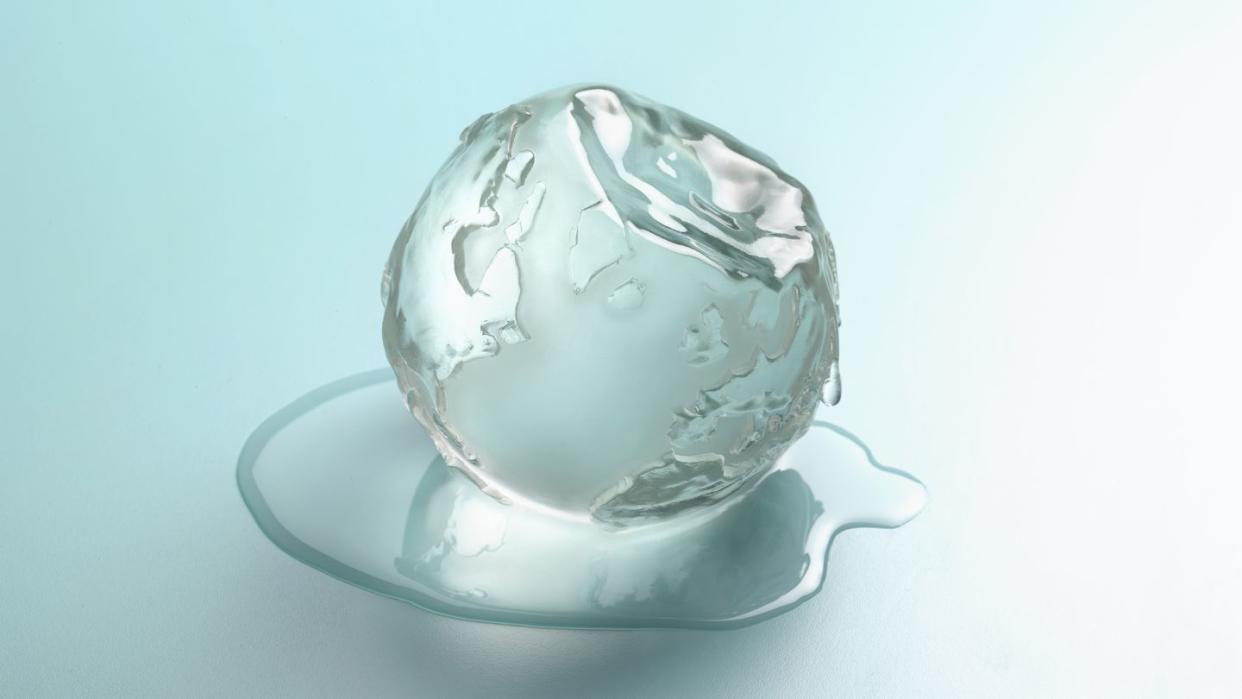A 50,000-Year-Old Block of Ice Paints the Most Chilling Picture of the Future Ever

Scientists from the Oregon State University conducted chemical analyses on air bubbles trapped within the West Antarctic Ice Sheet Divide ice core.
They discovered that, in the last glacial period, Earth experienced its highest CO2 increase: 14 parts per million in just 55 years. Not, our planet experiences that increase every five years.
The mechanism of these natural CO2 increases suggest that increasing westerly winds in the Southern hemisphere could weaken the Southern Ocean’s ability to absorb CO2.
A favorite refrain among the dwindling number of climate deniers is that increases in temperature and carbon dioxide levels are a natural part of the Earth’s atmospheric cycle. And while the planet has certainly seen some rise and falls in both of those metrics over thousands (and even millions) of years, what the planet is currently experiencing far outstrips everything that has come before.
In a new study published this week in the journal Proceedings of the National Academy of Sciences (PNAS), scientists from Oregon State University identified the fastest natural rates of CO2 rise over the past 50,000 years. To do this, the research team tapped into bubbles of air trapped in West Antarctic Ice Sheet Divide ice core that essentially preserved the delicate balance of gasses present in Earth’s atmosphere at the time of their icy entombment.
The team had to drill some 2 miles deep to get enough ice to study a 50,000 year time span. After conducting an extensive chemical analysis, the researchers discovered just how extreme and outlier the current rising CO2 levels fueling our current climate crisis are compared to the rest of Earth’s recent geologic history.
“Studying the past teaches us how today is different. The rate of CO2 change today really is unprecedented,” OSU’s Kathleen Wendt, the lead author of the study, said in a press statement. “Our research identified the fastest rates of past natural CO2 rise ever observed, and the rate occurring today, largely driven by human emissions, is 10 times higher.”
During the most recent glacial period, CO2 levels rose 14 parts per million in the span of roughly 55 years—today, a similar increase takes only 5 or 6 years.
Usually—that is, when humans aren’t sowing the seeds of own climate destruction—the Earth experiences periodic increases in CO2 levels due to an effect known as Heinrich Events. Named after German marine geologist Hartmut Heinrich, these events coincide with a cold spell in the North Atlantic caused by icebergs breaking off from the Laurentide Ice Sheet. This causes a kind of chain reaction that leads to a change in global climate patterns.
“We think [Heinrich events] are caused by a dramatic collapse of the North American ice sheet,” OSU’s Christo Buizert, a co-author on the study, said in a press statement. “This sets into motion a chain reaction that involves changes to the tropical monsoons, the Southern hemisphere westerly winds and these large burps of CO2 coming out of the oceans.”
This small bit about westerly winds is particularly bad news. Climate models suggest that these winds will only increase as the planet warms, meaning the Southern Ocean could lose a lot of its much-needed carbon dioxide-absorbing ability.
While this news is all definitely one big climate bummer, maybe there’s at least some hope that this last vestige of climate denialism will finally face oblivion, and humanity can focus on the hard and necessary work of cleaning up our mess.
You Might Also Like

